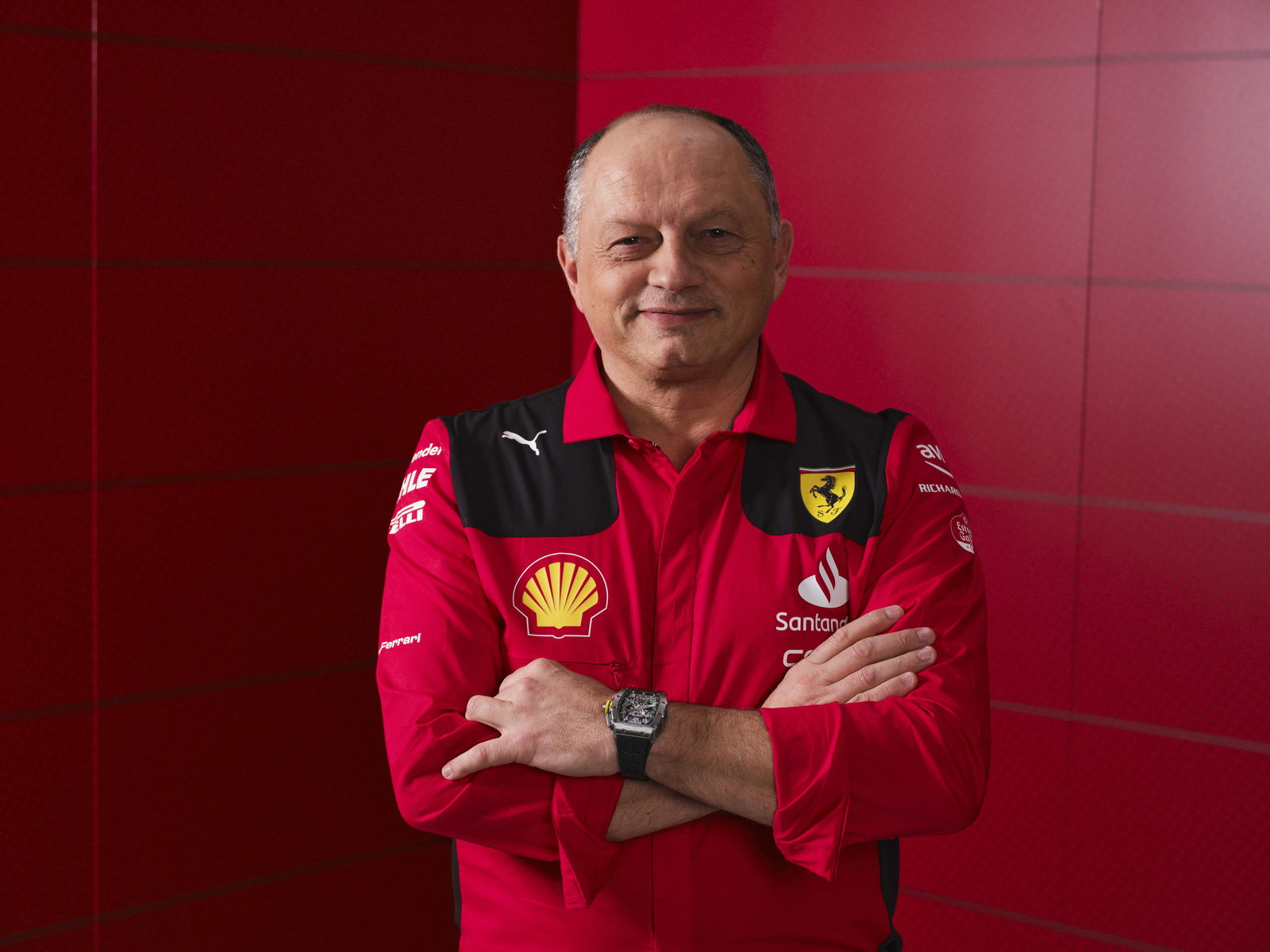Ferrari tested ‘new solutions’ in bid to cure F1 reliability weakness

Charles Leclerc twice suffered critical engine failures when leading a race last season, while teammate Carlos Sainz also lost second place in the Austrian Grand Prix following a dramatic fire.
The reliability issues forced Ferrari to turn their engines down during the second half of the year and ultimately hastened their defeat to Red Bull in both world championships.
- Ferrari reveals SF-23 - the car to end F1 title drought?
- How Ferrari “completely redesigned” their 2023 F1 car
Ferrari’s engine chief Enrico Gualtieri acknowledged reliability was the team’s “Achilles Heel” in 2022 and was a key area of focus over the winter.
“PUs have been frozen since last year, including fluids, oil and fuel and the only modifications allowed are those related to reliability, which was our Achilles Heel last season,” he said.
“So we worked over the winter to solve our main problems to try to reach the desired level of reliability. That was our aim for 2023 and our work this winter was based on this.”
Gualtieri went on to reveal the process behind Ferrari’s quest to improve power unit reliability, which included revising their assembly procedures and testing “new solutions”.

“We worked mainly on those areas that gave us the most trouble last season,” he explained. “So we focused on the internal combustion engine and the electric motors.
“At the same time, we tried to capitalise on the experience gained on track last season and looked at all the feedback and signs of weakness from the PU components we used.
“Clearly, this involved various design areas of some components, but at the same time, we also revised our assembly procedures.
“We tried to understand the root causes of the problems we encountered on track and used all our available tools to try and solve them.
“It involved all areas, from design to experimentation to try and test new solutions in a very short space of time.
“We also made the most of the experience gained in the second half of last season and then further evolved some of the components where necessary.
“The work never ends, based on continuous improvement of the components to try and reach the required level of reliability.”
And Ferrari are optimistic they have made progress in addressing one of their weakest areas.
“We’ve had some positive feedback on the test bench, on some of the changes we’ve introduced, but as usual, the track will tell us if we’ve done a good job,” Gualtieri concluded.


